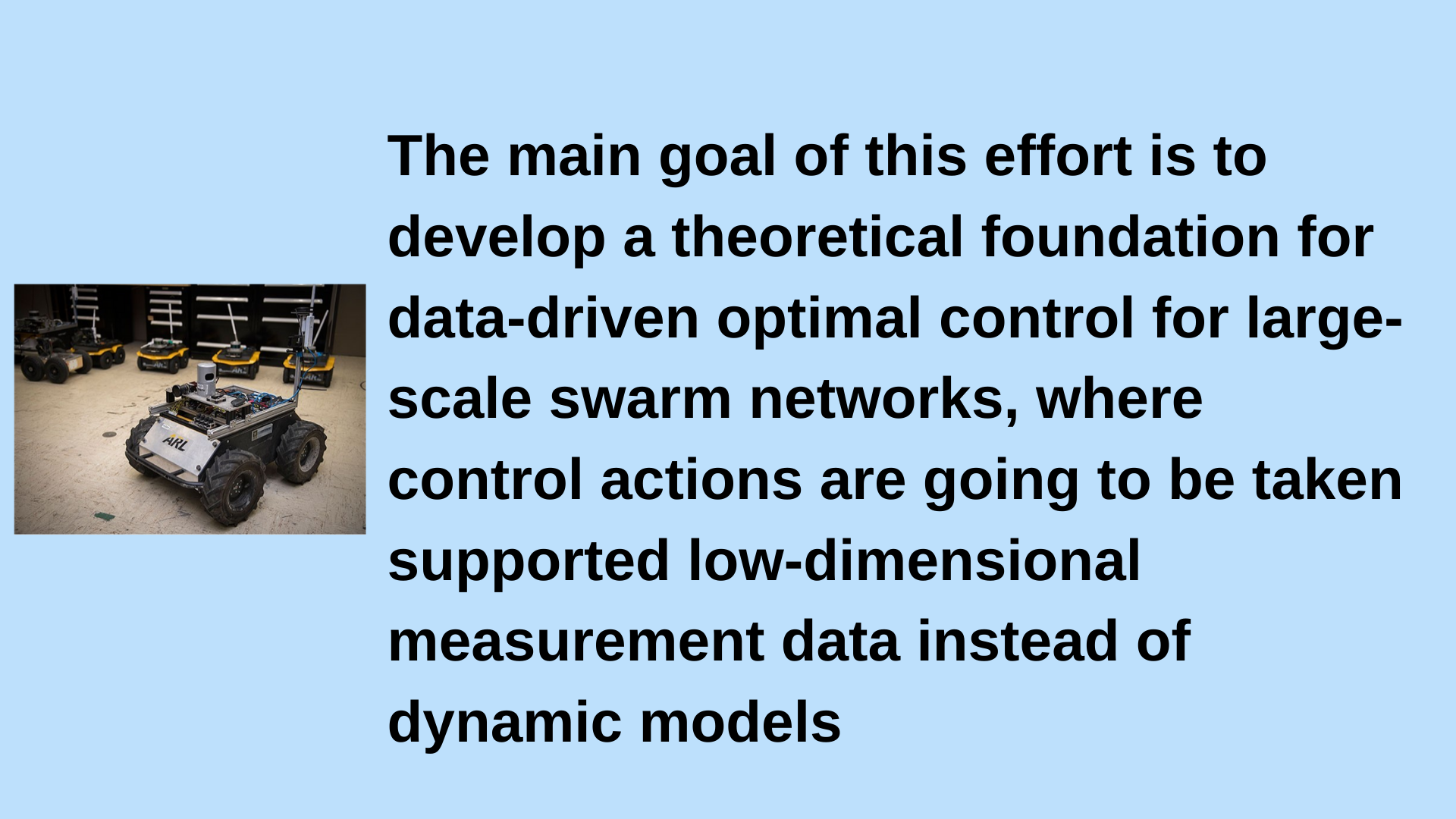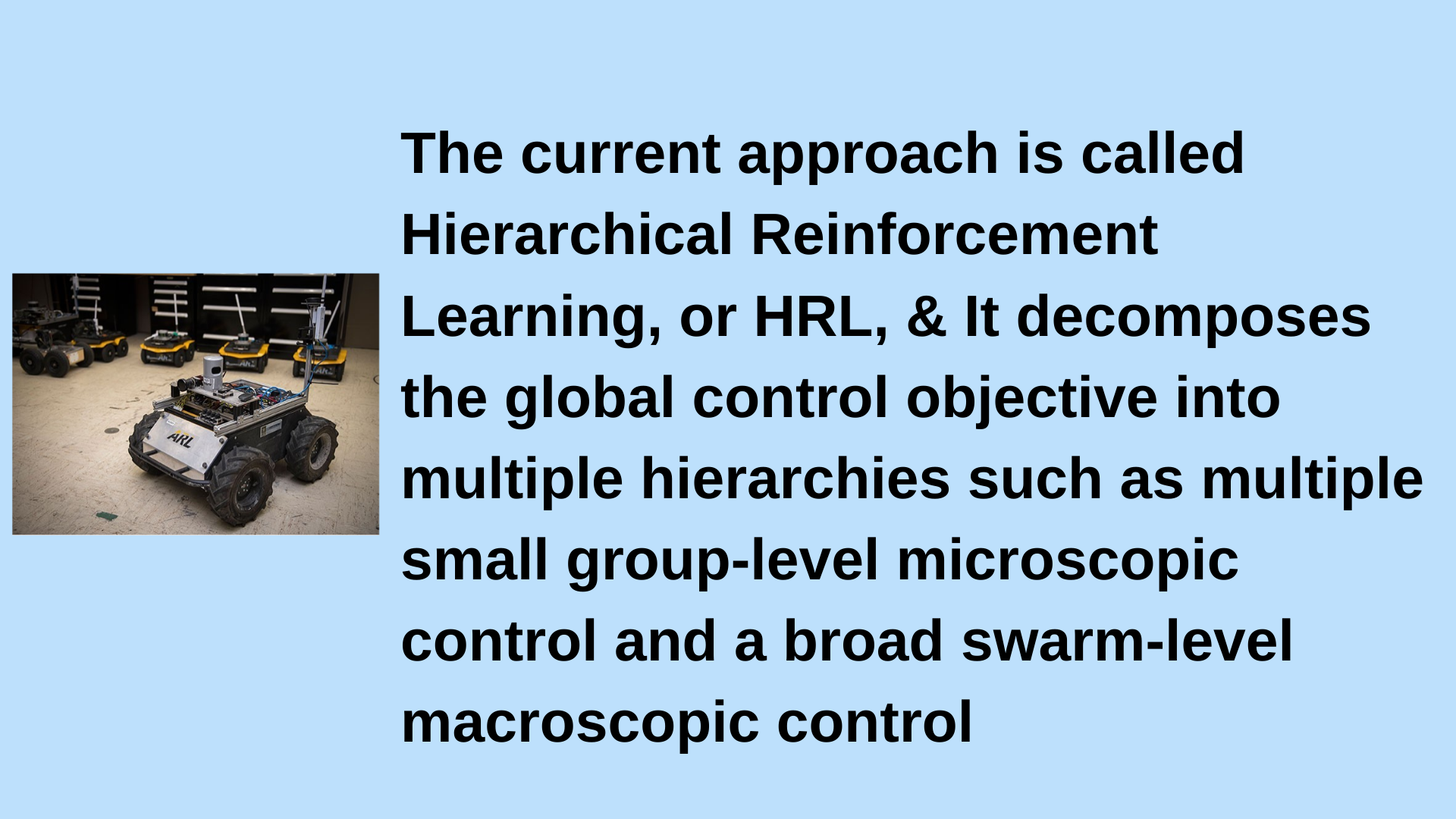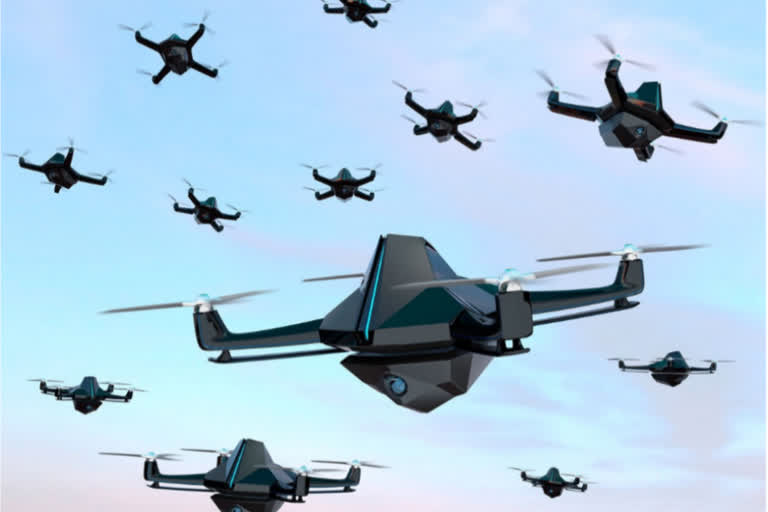New Delhi: Adelphi Laboratory Center has developed a reinforcement learning approach that will allow swarms of unmanned aerial and ground vehicles to optimally accomplish various missions while minimizing performance uncertainty.
Swarming may be a method of operations where multiple autonomous systems act as a cohesive unit by actively coordinating their actions. Military researchers said that the longer-term multi-domain battles will require swarms of dynamically coupled, coordinated heterogeneous mobile platforms to overmatch enemy capabilities & threats targeting US forces.
Dr Jemin George, U.S. Army Combat Capabilities Development Command's Army Research Laboratory says that the Army is looking to swarming technology to be able to execute time-consuming or dangerous tasks.
He further added, "Finding optimal guidance policies for these swarming vehicles in real-time may be a key requirement for enhancing warfighters' tactical situational awareness, allowing the U.S. Army to dominate in a contested environment."
Reinforcement learning provides how to optimally control uncertain agents to realize multi-objective goals when the precise model for the agent is unavailable. However, the prevailing reinforcement learning schemes can only be applied during a centralized manner, which needs pooling the state information of the whole swarm at a central learner. This drastically increases the computational complexity and communication requirements, resulting in unreasonable learning time, George added.
Aranya Chakrabortty from North Carolina State University & He Bai from Oklahoma State University, in collaboration with Adelphi Laboratory Center, has created a research effort to tackle the large-scale, multi-agent reinforcement learning problem.


George told that the web reinforcement learning control of swarm boils right down to solving a large-scale algebraic matrix Riccati equation using the system, or swarm, input-output data.
The researchers' initial approach for solving this large-scale matrix Riccati equation was to divide the swarm into multiple smaller groups and implement group-level local reinforcement learning in parallel while executing a global reinforcement learning on a smaller dimensional compressed state from each group.
Experiments have shown that compared to a centralized approach, HRL was able to reduce the learning time by 80 per cent while limiting the optimality loss to 5 per cent.
They are also investigating the utilization of deep recurrent neural networks to find out and predict the simplest grouping patterns and therefore the application of developed techniques for optimal coordination of autonomous air and ground vehicles in Multi-Domain Operations in dense urban terrain.
Also Read: Facebook uses AI to detect harmful content
(ETV Bharat)



